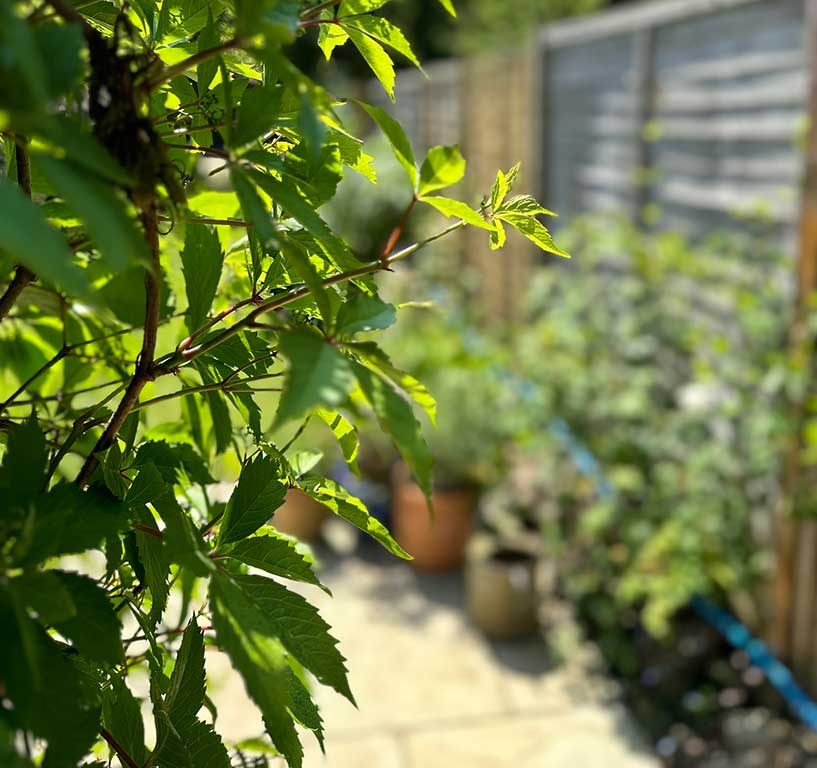News
How to Create a Wildlife Garden: A Step-by-Step Guide
Transforming your garden into a wildlife haven is a rewarding way to connect with nature and support local ecosystems. A wildlife garden is designed to attract and sustain a variety of animals, including birds, insects, mammals, and amphibians, by providing food, shelter, and breeding grounds. Here’s a step-by-step guide to help you create your own wildlife garden.
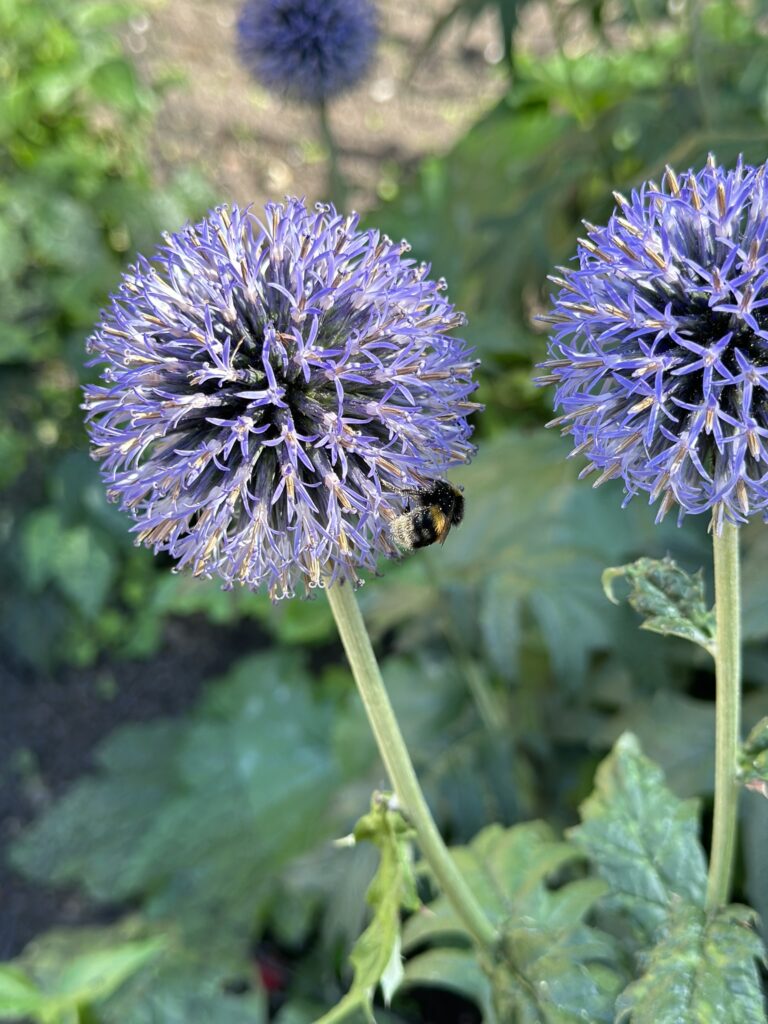
Plan Your Layout
Assess Your Space: Whether you have a large backyard or a small balcony, you can create a wildlife-friendly environment. Consider the space available and how different elements can be integrated to support wildlife.
Create Habitats: Plan to include different habitats like a pond for amphibians, a meadow area for insects, and trees or shrubs for birds. Each habitat supports different species, increasing biodiversity.
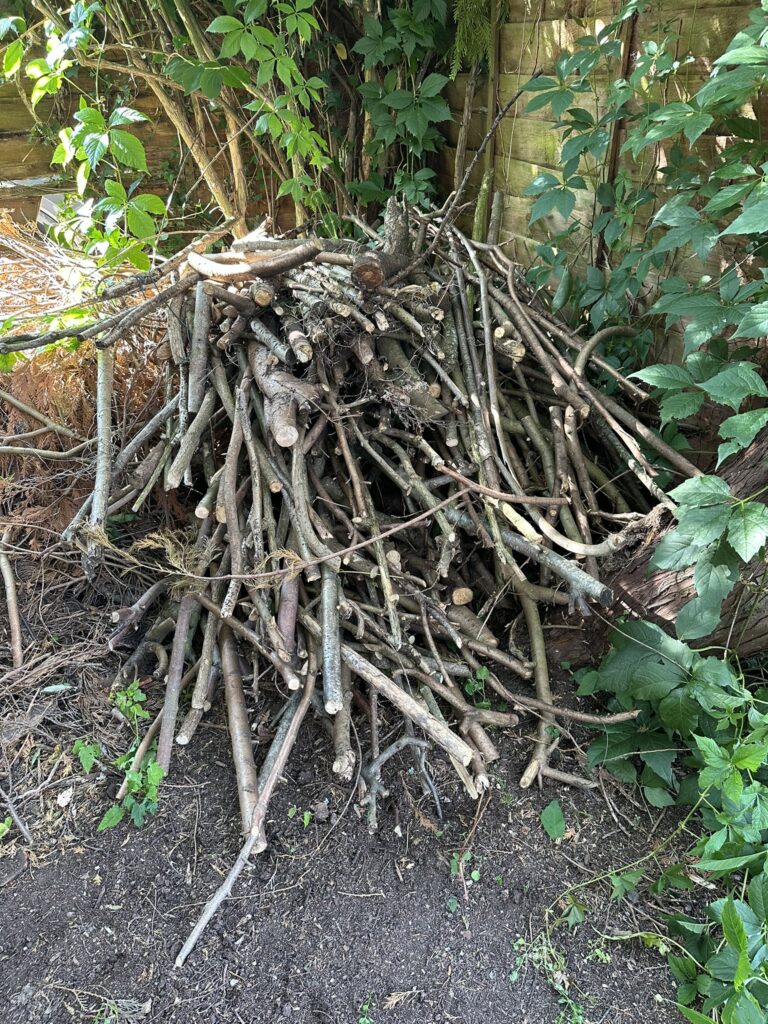
Choose Native Plants
Why Native Plants Matter: Native plants are better adapted to your local environment and provide the best food and shelter for native wildlife. They require less water and maintenance, making them an eco-friendly choice.
Diverse Planting: Include a variety of plants that bloom at different times of the year to ensure a continuous food supply. Consider a mix of trees, shrubs, wildflowers, and grasses.
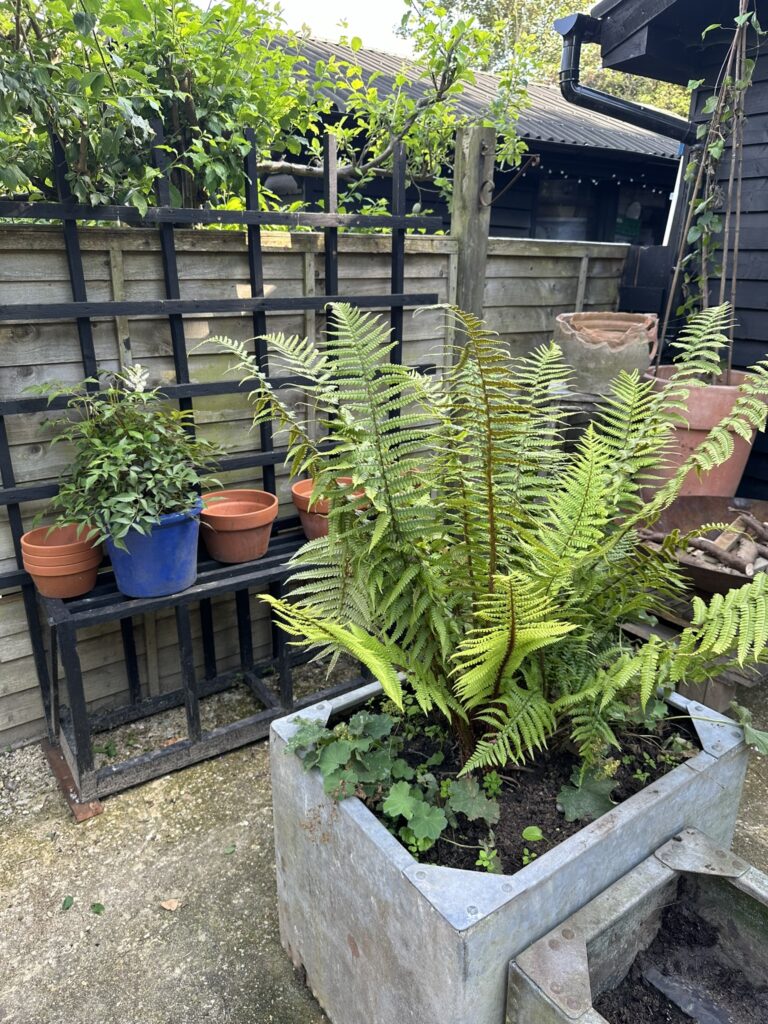
Create Water Sources
Ponds: Even a small pond can become a focal point for wildlife. Ponds attract amphibians, insects, and birds, providing drinking water and breeding sites.
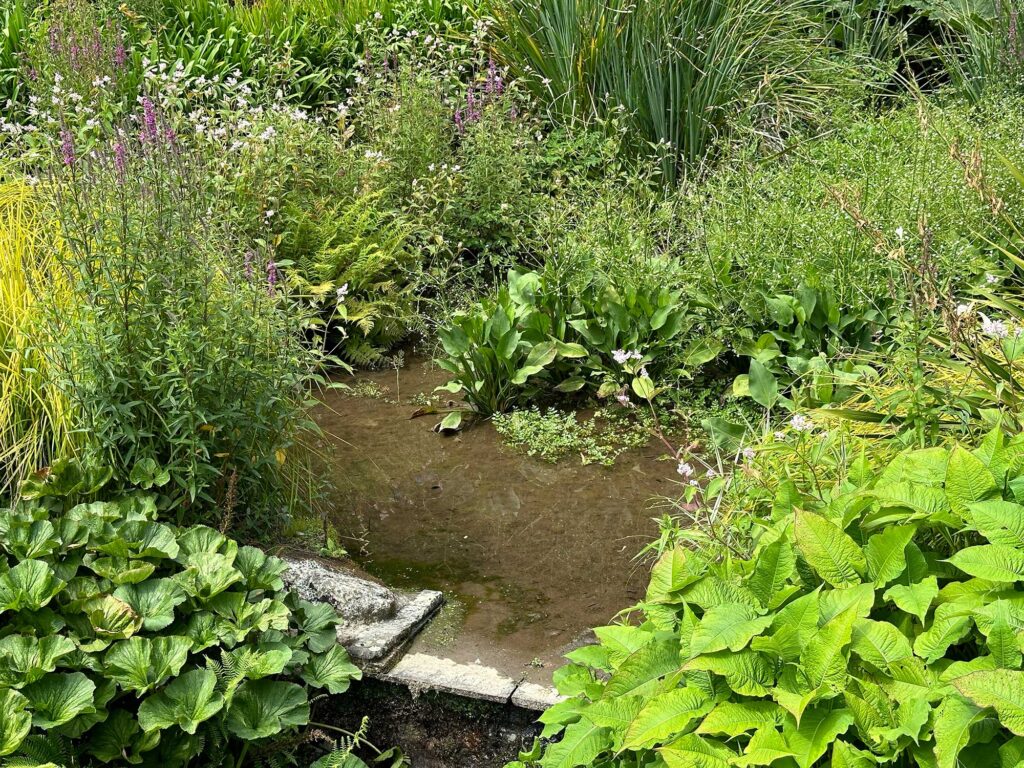
Bird Baths: A shallow birdbath can provide much-needed hydration for birds, especially during hot weather. Ensure it’s cleaned regularly to prevent the spread of disease.
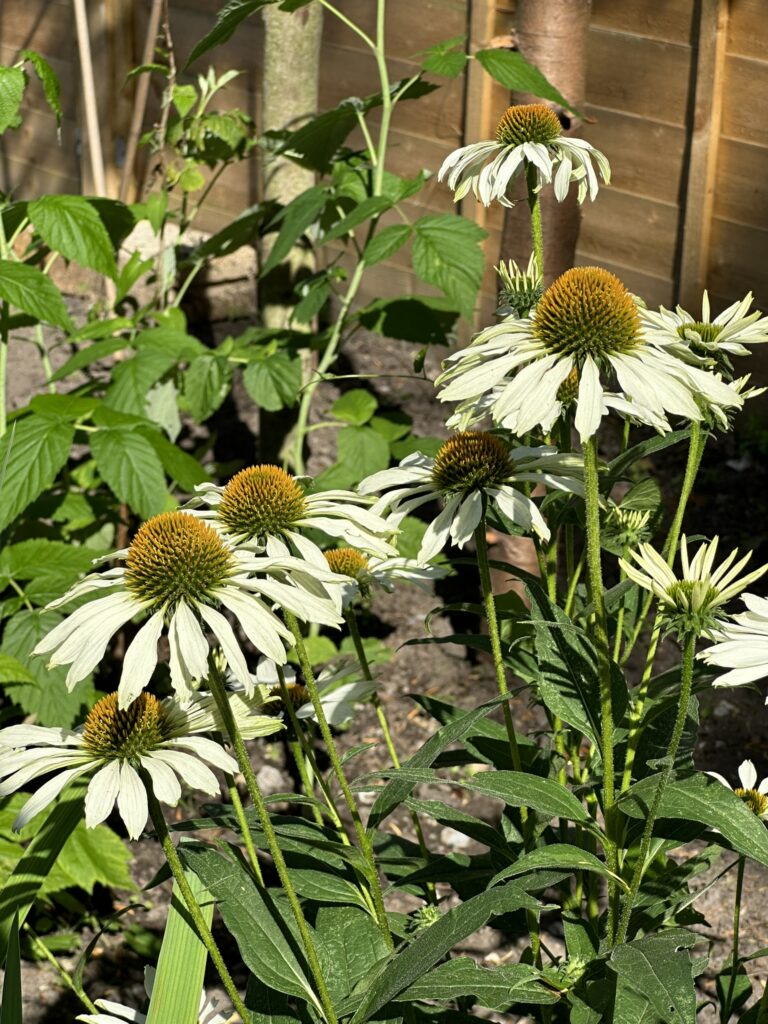
Build Shelter and Nesting Sites
Bird Boxes and Feeders: Installing bird boxes at different heights can attract various bird species. Place bird feeders in safe, sheltered locations and keep them stocked with suitable seeds and nuts.
Log Piles and Rockeries: These create habitats for insects, small mammals, and amphibians. Place them in shaded areas for maximum effect.
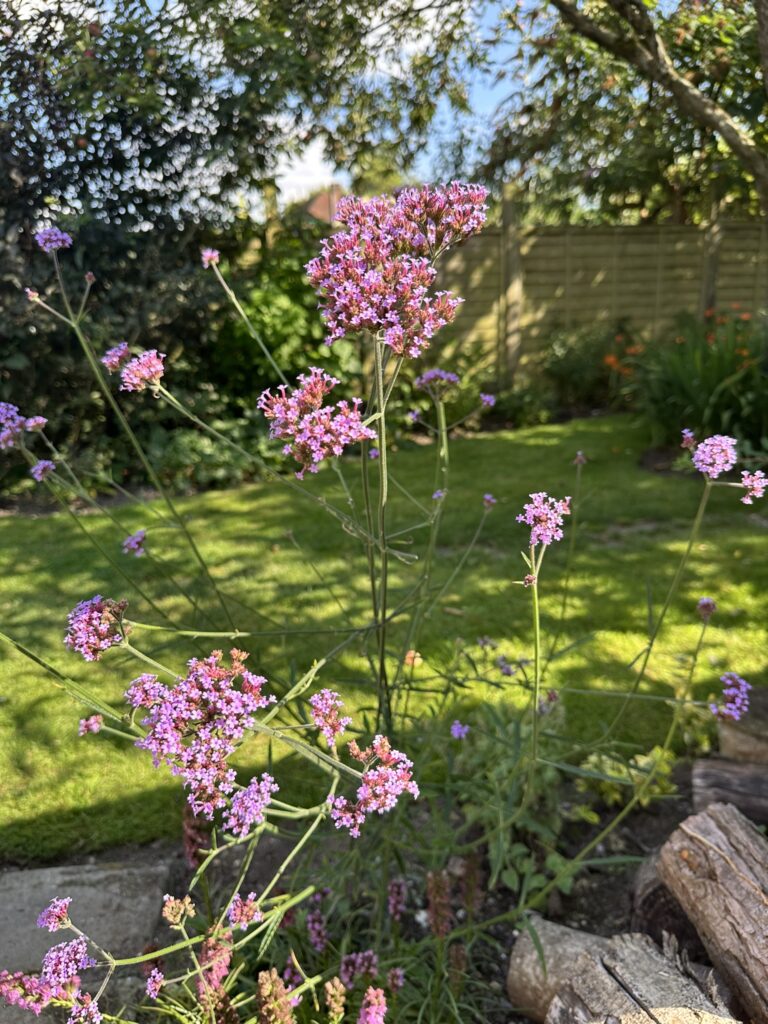
Encourage Beneficial Insects
Insect Hotels: Build or buy insect hotels to provide shelter for solitary bees, ladybugs, and other beneficial insects that help pollinate plants and control pests.
Avoid Pesticides: Chemical pesticides can harm the very creatures you’re trying to attract. Instead, use natural methods like companion planting to manage pests.

Leave Some Areas Wild
Let Nature Take Over: Allowing some parts of your garden to grow wild gives wildlife a safe haven. Long grasses and untidy hedges are perfect for insects, birds, and small mammals.
Deadwood and Leaf Litter: Leave fallen branches and leaf litter where they fall to create a natural habitat for fungi, insects, and ground-dwelling animals.
Support Pollinators
Plant Pollinator-Friendly Flowers: Choose flowers that are rich in nectar and pollen, like lavender, foxgloves, and sunflowers. These plants will attract bees, butterflies, and other pollinators.
Create Bee Habitats: Consider placing bee hotels in sunny spots, and plant clumps of flowers to provide bees with foraging options.
Maintain Your Wildlife Garden
Watering and Pruning: While native plants often need less care, ensure they get enough water, especially during dry periods. Prune plants as needed, but avoid excessive tidying up, as some debris can be useful for wildlife.
Monitor and Adapt: Observe the wildlife visiting your garden and make adjustments to improve the habitat. If you notice a lack of certain species, try adding different plants or features to attract them.
Conclusion
Creating a wildlife garden is not just about beautifying your outdoor space; it’s about fostering a mini-ecosystem that supports local wildlife. With careful planning and consideration, you can turn any garden into a thriving habitat that benefits both the environment and your well-being. Start small, be patient, and watch as nature slowly transforms your garden into a vibrant, living landscape.
This guide should give you a good start on creating a wildlife garden. If you need more detailed information or advice, feel free to ask!

